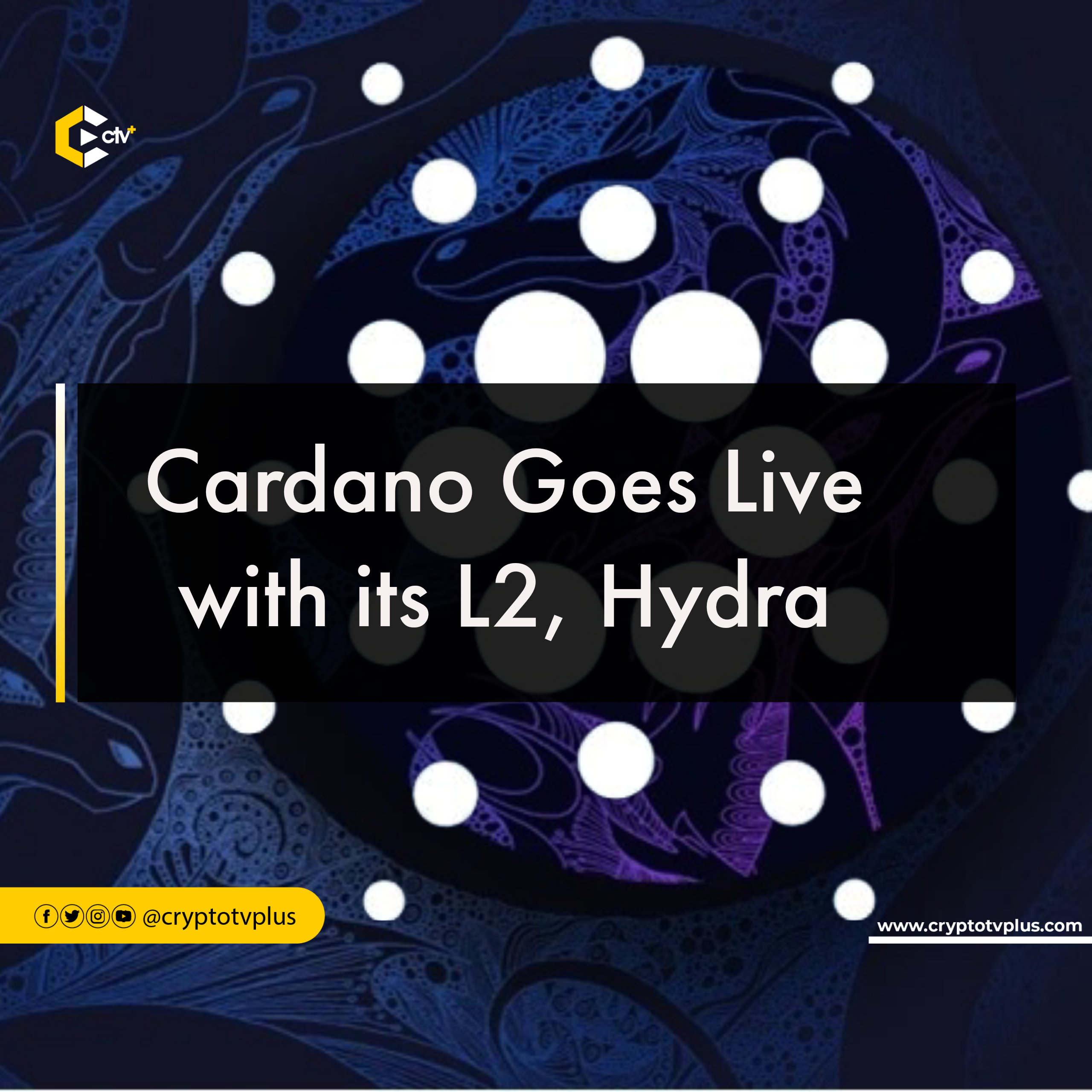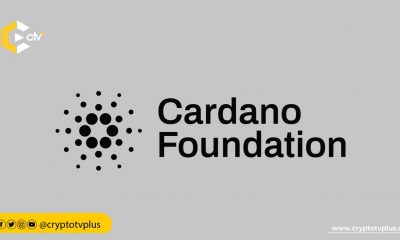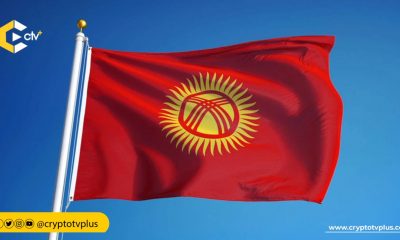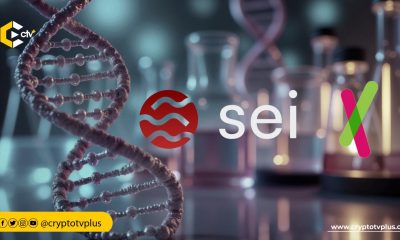News
Cardano Goes Live with its L2, Hydra Cardano

Cardano, one of the leading blockchain networks, has unveiled Hydra, a new layer 2 solution. The project aims to offer a highly decentralized scaling solution by merging solutions that address various aspects of the protocol.
Hydra is a long-awaited development for the Cardano community, having been in development for almost 3 years. The first reveal of Hydra was announced by Cardano founder, Charles Hoskinson during the Cardano Summit 2021, which took place from September 25 to September 26.
Hydra is an IOHK layer-2 scaling solution that aims to enable Cardano to process up to 1 million transactions per second as it pivots to become one of the market’s fastest and most efficient blockchain.
According to Charles Hoskinson, the CEO of IOHK, the company behind Cardano, Hydra is a game-changer for the Cardano network. “Hydra is the most significant development to date on the Cardano platform,” he said. “It will enable Cardano to become the fastest and most scalable blockchain in the world.” The protocol has been rigorously tested and audited to guarantee that it is durable, secure, and scalable enough to accommodate the rising demands of the Cardano ecosystem.
According to Sebastian Nagel, a developer working on the Cardano Hydra protocol, the purpose of Hydra development is to make the parent blockchain more useful by scaling its transactions. Hydra is a Layer 2 protocol family that intends to assist Cardano adoption in sectors where cheap and quick transactions are necessary.
In this video, @ch1bo_ talks about the recent milestone of achieving mainnet compatibility for Hydra. Moving forward, the team plans to focus on driving Hydra’s adoption through various use cases, such as payments, auctions, and voting. To achieve this, IOG encourages users to… pic.twitter.com/MspgxmFWtI
— Input Output (@InputOutputHK) May 5, 2023
The development of Hydra is considered one of the most important in the Cardano ecosystem for this year. The revelation that the first Hydra head is out on mainnet has excited a community that believes this will position Cardano as a formidable smart contract hub for scaling and transaction costs.
Nagel also noted that Hydra is the first of the protocols that will help Cardano achieve the ultimate scalability it desires. Nagel confirmed that the Hydra head is not an upgrade and, as such, is not subject to any hard fork.
Regarding the future of Hydra, Nagel stated that the core development “team intends to focus on driving Hydra’s adoption through various use cases, such as payments, auctions, and voting.” To do this, Nagel encourages people to begin building on Hydra while also encouraging user requests that will enable additional use cases to be considered for future releases.”
The launch of Hydra is one of the Cardano network protocols driving growth. Other developments include the implementation of smart contracts and the release of the Alonzo hard fork, which permitted the construction of decentralized applications on the network.
Hydra going live is a big milestone for the Cardano network and the blockchain industry as a whole. Hydra’s scalability, speed, and efficiency could transform the Cardano ecosystem and how duse blockchain technology and scale crypto adoption.
Read Also: ConsenSys and Sports Illustrated partners to bring NFT Ticketing into web3
























